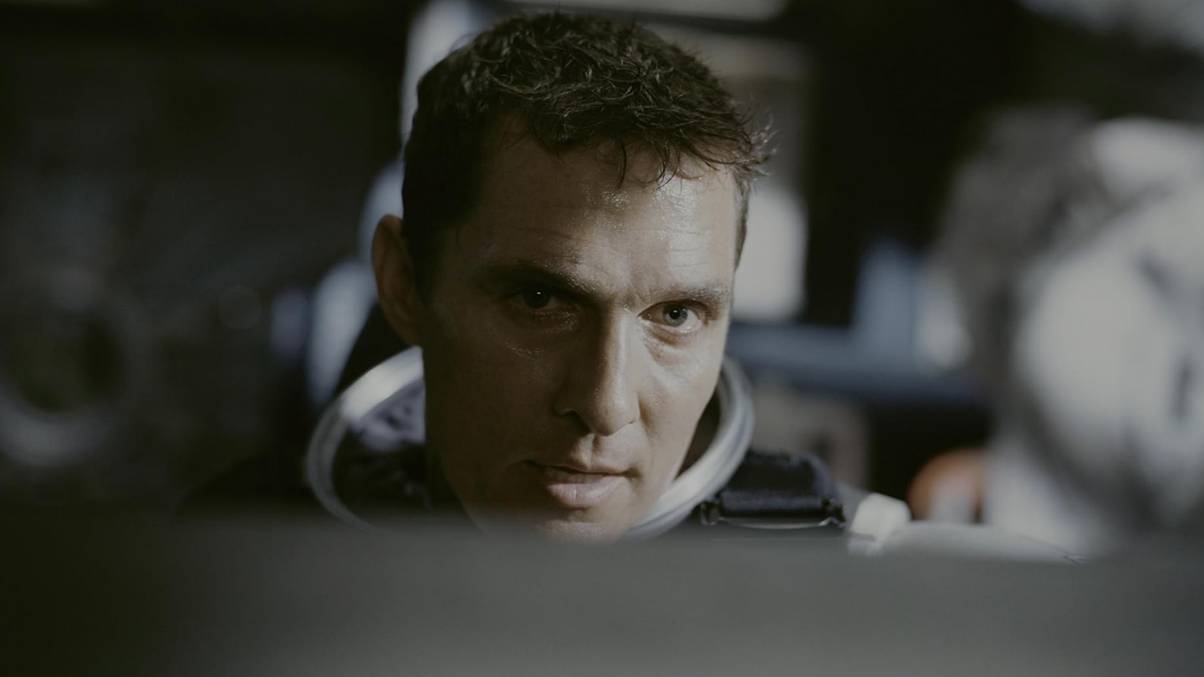Unlock the Mind-Bending Secrets of Interstellar’s Ending: Nobel Laureate Reveals What You Missed
So, you’ve watched Interstellar—probably more than once—and walked out scratching your head, wondering if you accidentally signed up for a brain teaser instead of a movie night. The ending? Yeah, that mind-bender that left everyone tossing and turning like they’d chugged an espresso too late. Can you blame us? Eleven years later, we’ve finally got some clarity thanks to the brainy insights of Nobel laureate Kip Thorne, who helped Christopher Nolan stitch this cosmic puzzle together. This isn’t just your usual sci-fi flick; it’s a wild ride grounded in real science that somehow manages to confuse us all just the same. Ready to unravel the mystery behind that black hole rescue and the infamous tesseract? Let’s dive in—trust me, it’s simpler than it looks… or is it? LEARN MORE
If you’ve seen Interstellar, the chances are you might have walked away with more questions than answers. Let’s face it, it’s not the easiest movie to understand, especially the ending.
Thankfully, after spending the past 11 years since the release of the movie, tossing and turning at night, trying to understand the ending, we might finally all be able to get some rest.
Released in 2014, Christopher Nolan‘s Interstellar has an impressive 73% critics score on Rotten Tomatoes, and a far more impress 87% user score, claiming both critical and fan acclaim worldwide.
After being made with the help of Nobel Prize-winning physicist Kip Thorne, it’s a sci-fi movie built off the back of real-life science, but more importantly, it’s confusing as heck.
We’ve had so many questions, so it’s about time they were answered.
Who rescues Cooper inside the black hole?
In the film’s climax, Cooper ejects from the Endurance and drifts into the massive black hole, known as Gargantua.
While most of us would assume that would mean his death, instead, Cooper survives.
According to Thorne: “He is scooped up by a spacecraft that was built by this advanced civilization that provided the wormhole.”
Inside the spacecraft, Cooper is in a controlled environment, known as the Tesseract, inside the black hole.
Thorne says this rescue is not a coincidence or miracle – it is part of a plan to allow Cooper to contact Murph and help complete the timeline that saves humanity.
What is the “tesseract” really?
The tesseract might look like a strange visual metaphor, but Thorne explains that it is based on real physics involving higher dimensions.
In the film, the tesseract represents Murph’s bedroom, duplicated across all points in time.
It allows Cooper to move through different moments in her life as though he is moving through space. The tesseract is not magical or random.
It was built by future humans so that Cooper could locate a specific moment and deliver vital quantum data.

The tesseract lets Cooper drift along corridors of time (Paramount Movies)
Why no faster-than-light shortcut?
While early drafts of Interstellar had Cooper getting home at FTL speeds, Thorne posed the argument to director Christopher Nolan that this was breaking the known laws of physics.
His main rule throughout making the movie was that nothing should break the rules of physics, and that any speculation must come out of real-life science.
Thorne and Nolan agreed that Interstellar should respect Einstein’s general theory of relativity and went down a different path.
What’s happening while Cooper is “flailing around”?
What appears to be random chaos while Cooper is ‘flailing around’ is actually him being carried by the tesseract as it folds up and exits the black hole.
According to Thorne, this is not random at all. What is actually happening is that Cooper is moving through the higher dimensional structure of the tesseract.
Each motion takes him to a different point in time inside Murph’s bedroom.
As an outside observer, it looks chaotic, but Cooper is searching for the precise moment when he can transmit the data Murph needs.
Once he finds it, he uses gravity to send a message through the second hand of her watch. This information helps Murph solve the gravity equation and complete the project that allows humans to escape Earth.
The flailing is actually time travel through a controlled five dimensional space.
So, there you go. Pretty simple.



















